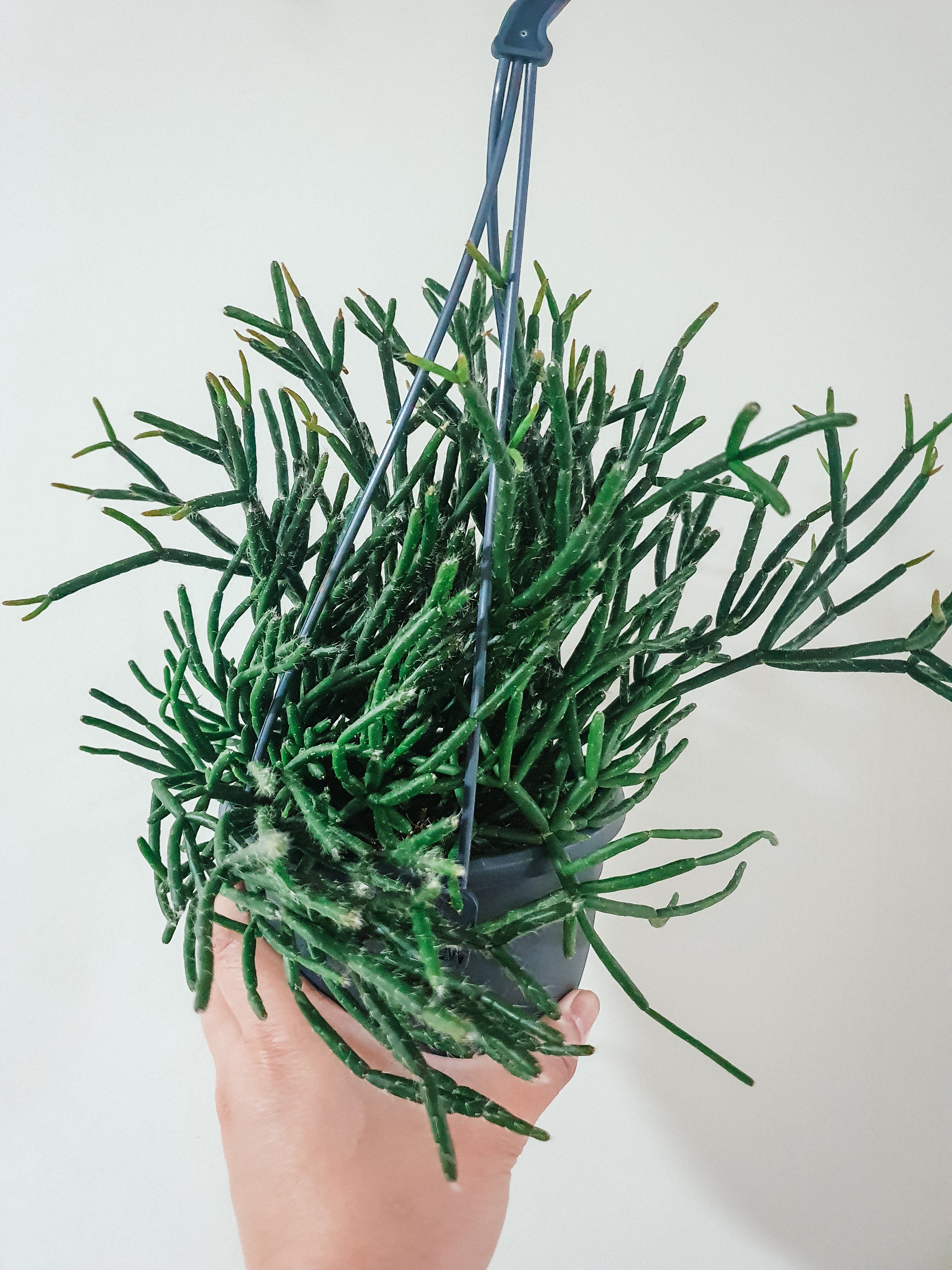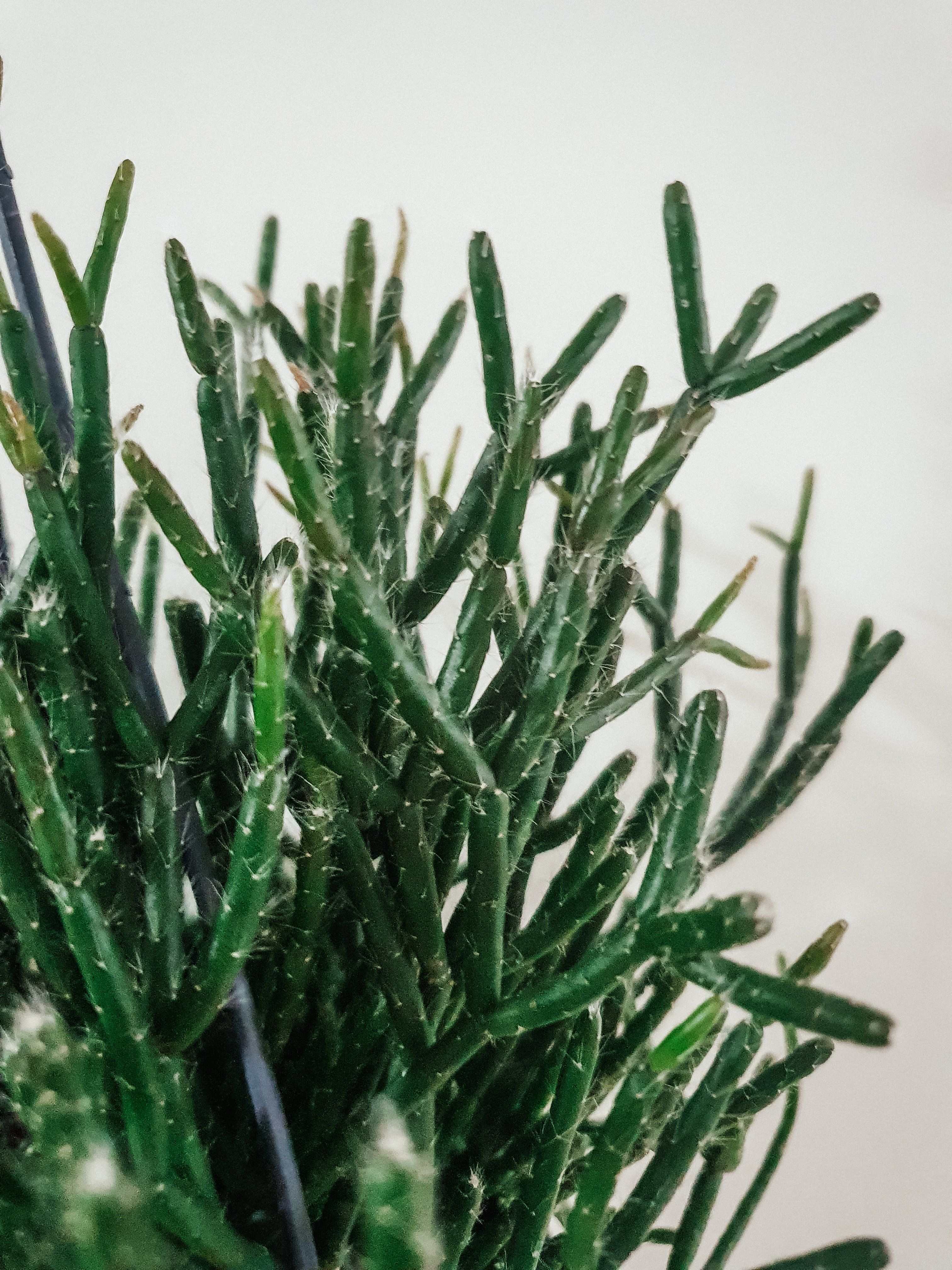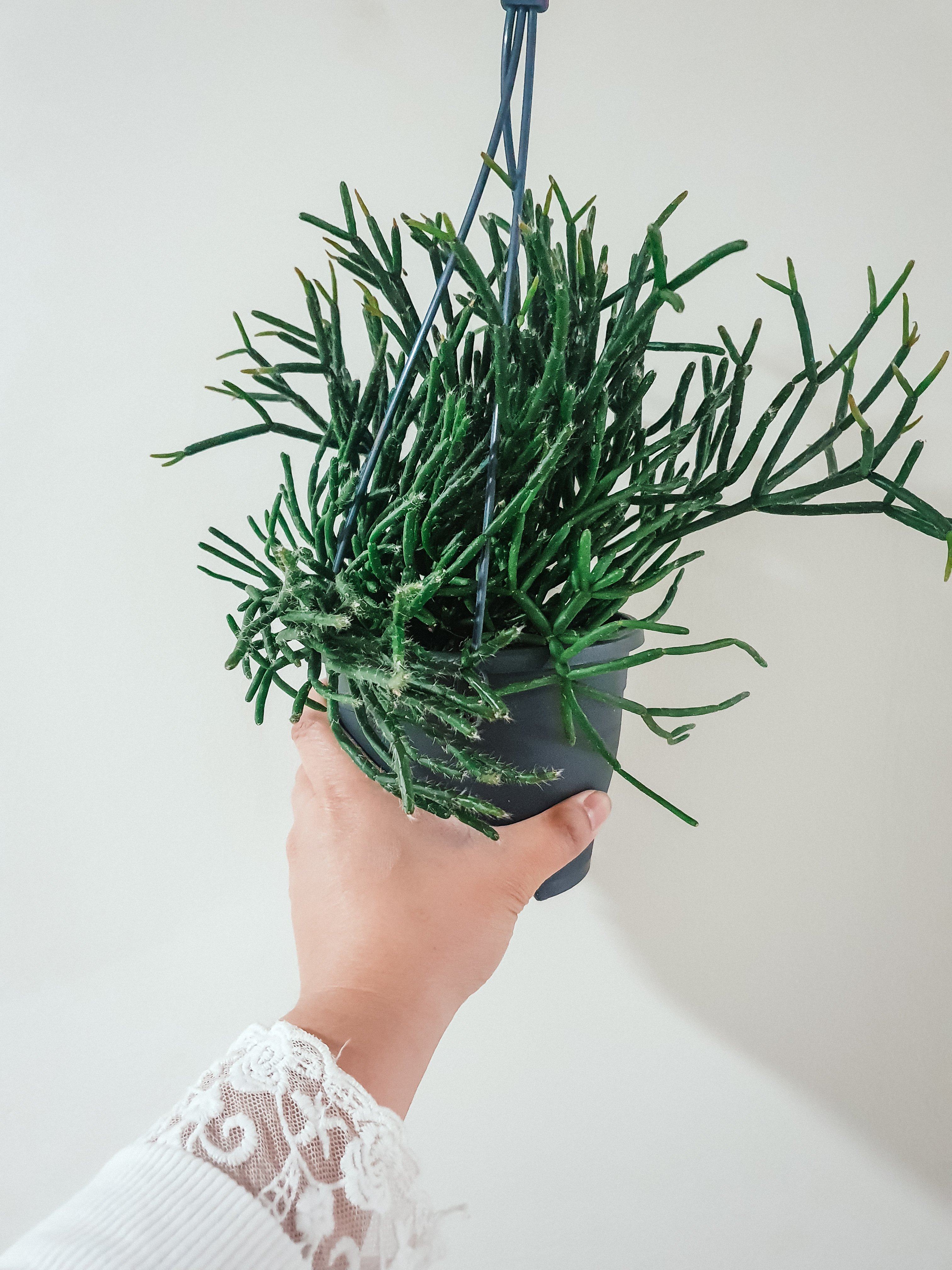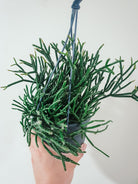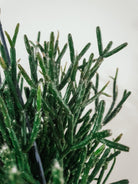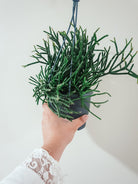Rhipsalis Pilocarpa
Soil
Though Rhipsalis pilocarpa is part of the cacti family, using a cactus mix alone might not beoptimally efficient for this plant. You can still go for these cactus mixes, however, to ensure proper drainage of soil, add in some gravel or peat moss.
For a cactus that tends to need more watering than some cactus species that are self-sufficient with minimal watering, peat moss added into the soil would help the plant grow better.
Other ingredients you can experiment with the soil mixture are perlite, coarse sand, or pumice.
Light
Unlike some cacti species, Rhipsalis pilocarpa don’t do too well in full-blown, direct sunlight. In its natural habitat, this cactus receives glimpses of sunlight here and there through trees and other surroundings.
If this plant is exposed to such direct and potentially extreme light, depending on where you live, the leaves may yellow, and further growth will be hindered.
Thus, what is the best lighting condition to provide for this cacti species? Give them some sun in the morning time and when the afternoon comes, give them partial shade.
Keep in mind that even when you keep this plant indoors, you should place them at a precise distance from the window, about 20 inches from the window. This is because the heat that hits the window is also detrimental in the growth. It will also cause yellowing and spots.
Watering
Some cacti species can live without much watering or any for that matter. On the other hand, Rhipsalis pilocarpa is one of those rare cacti species that need regular watering.
One thing in common with all plants is that over-watering if always more harmful than under-watering. You can use a watering measure to help assist you in regard to the amount.
Before each watering, press your finger to a depth of about half an inch into the soil to see if it is dry. If that soil is still wet or moist, then wait for a bit before quenching this plant’s thirst.

